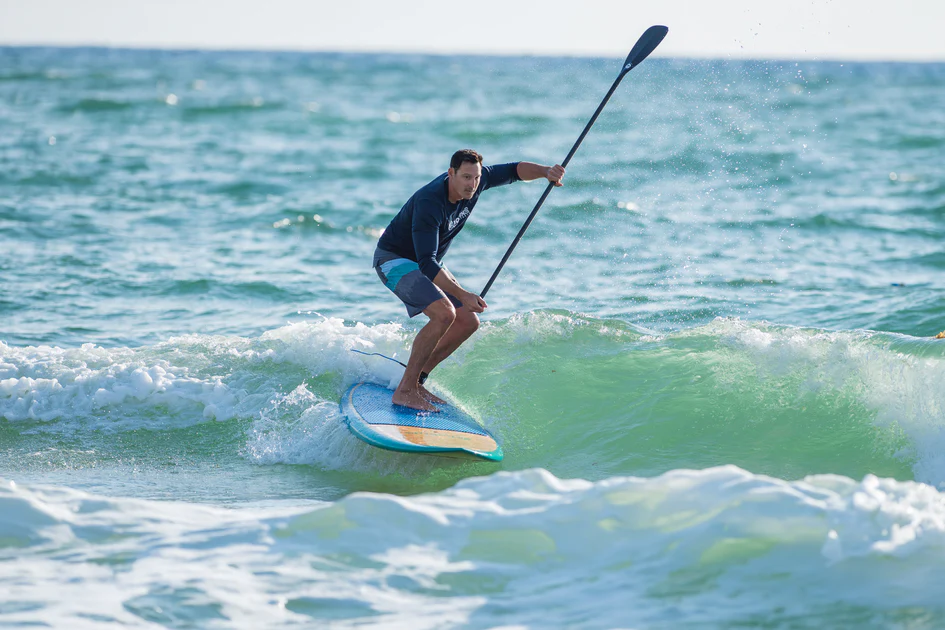The UK’s surf SUP board market has unique characteristics shaped by its climate, surf conditions, and consumer preferences. When compared to other countries, especially those with more prominent surfing cultures or differing climates, several factors come into play. Here’s an overview of how the UK’s surf SUP board market compares to other regions around the world.
Market Trends and Popularity
UK Market
In the UK, the surf SUP board market is relatively niche compared to countries with more established surfing traditions, such as the USA or Australia. The UK’s cooler climate and varying surf conditions influence the demand for SUP boards that can handle a range of environments, from small waves to more challenging swells. The market here includes a mix of recreational and performance-oriented boards, catering to both beginners and advanced surfers.
Comparison to Surf-Centric Countries
In contrast, countries with warmer climates and more consistent surf conditions, like Australia, the USA, and parts of South Africa, often have a larger and more diverse SUP board market. These regions tend to see higher sales volumes and a broader range of specialized boards due to their more stable and frequent surf conditions. The popularity of surf SUP boards in these areas is also driven by a more extensive surfing culture and a larger number of dedicated surfers.
Board Types and Preferences
UK Preferences
UK consumers often prioritize versatility and durability in their surf SUP boards due to the varied surf conditions and weather. Boards that can handle both flatwater paddling and small to moderate waves are popular. Additionally, features that offer extra stability and ease of use are valued, especially for beginners.
Comparison to Other Markets
In countries like the USA and Australia, there is often a higher demand for specialized and high-performance surf SUP boards. This includes boards designed for specific types of waves, advanced maneuvers, or competitive surfing. The market tends to be more segmented, with options for everything from high-tech race boards to advanced wave-riding SUPs.
Price and Quality
UK Pricing
The price range for surf SUP boards in the UK is similar to other European markets, with entry-level boards typically costing between £400 and £700, mid-range boards from £700 to £1,200, and high-end boards ranging from £1,200 to £2,000 or more. The cost can be influenced by factors such as import duties and shipping costs.
Comparison to Other Regions
In countries with large domestic production and a more competitive market, such as the USA, prices can be somewhat lower due to reduced shipping and import costs. Additionally, consumers in these regions may have access to a wider variety of local brands and manufacturers, potentially offering more competitive pricing. In contrast, markets with less local production, such as parts of Asia or Eastern Europe, may see higher prices due to additional shipping and import fees.
Brand Presence and Availability
UK Market
In the UK, major international brands dominate the surf SUP board market, with a mix of local and global brands available. The presence of well-known brands such as Starboard, Red Paddle Co., and Naish is common, reflecting a preference for established names with proven performance.
Comparison to Other Markets
In surfing-centric countries like the USA and Australia, there is often a more extensive array of both international and local brands. Local surf brands may have a stronger presence, offering boards that cater specifically to regional surf conditions and preferences. Additionally, these markets often benefit from more frequent product launches and innovations.
Consumer Demographics and Preferences
UK Surfers
In the UK, surf SUP users are typically a mix of recreational paddlers and serious surfers. There is a growing interest in SUP as a versatile sport, combining elements of both surfing and paddling. The UK market also includes enthusiasts looking for multi-purpose boards that can handle different types of water activities.
Comparison to Other Regions
In countries with established surfing cultures, such as the USA and Australia, the demographic may include a larger proportion of competitive surfers and specialized board users. The focus is often on performance and advanced features, with a significant portion of the market dedicated to high-performance and competition-grade boards.
Conclusion
The UK’s surf SUP board market is shaped by its unique climate, surf conditions, and consumer preferences. While it shares similarities with other markets in terms of board types and pricing, it also exhibits distinct characteristics due to its cooler climate and varied surf conditions. Compared to countries with more prominent surfing cultures, the UK market is relatively niche, with a strong emphasis on versatility and durability. Understanding these differences can help consumers and industry stakeholders better navigate the global SUP board landscape and tailor their offerings to meet regional needs.
Keep an eye for more news & updates on Web Of Buzz!




